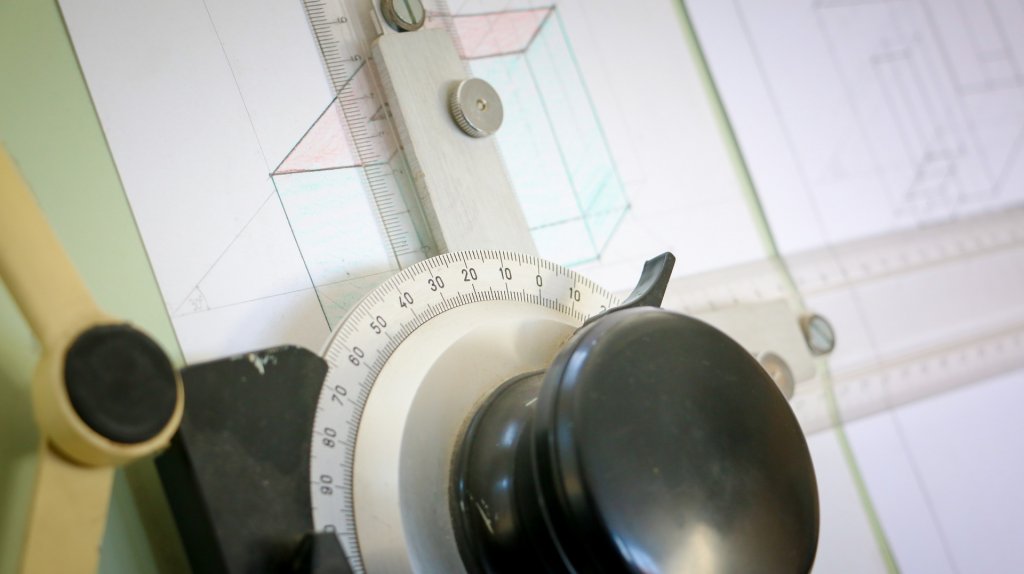
Your organization’s engineering outsourcing practices may be providing short-term cost savings while introducing long-term risk. Losing control of your CAD means losing control of your engineering future.
Stop letting your suppliers own your engineering designs.
Seriously.
Throughout the last few years in our engagements with clients, we’ve been seeing a disturbing trend: Many of our clients are unable to unlock the potential of 3D printing because the designs of their parts are owned by their suppliers.
Stop letting others own your CAD.
I’m not talking about the CAD for off-the shelf parts being owned by suppliers. Often, we’re finding that the designs of proprietary parts, including critical parts for production, manufacturing and safety, are owned by suppliers.
The practice of letting suppliers own designs locks businesses into supplier relationships, allows suppliers to overcharge, prevents innovation, and it is a trend that desperately needs to be reversed.
This is very likely happening in your organization.
In an effort to run lean, companies are increasingly turning to outsourcing for engineering and production. Seeking talent from outside your organization can have many advantages, but you must structure the arrangements to protect your interests.
Bundling engineering services and production is especially seductive: You deal with one supplier to outsource an entire process. You know all your costs up-front, you don’t have to make choices about where to deploy engineering staff, and you can develop products faster than you could internally. However, clever suppliers have figured out that there is value to be captured within the long tail, especially in additional production runs.

Why is control of your CAD a valuable asset?
The reason your suppliers want to own the CAD for your parts is simple: It locks you into a supplier relationship with them where they can charge you higher-than-market prices for production when you reorder.
If you want to get technical, here’s the maximum price you are likely willing to pay when a supplier owns your CAD files:
If reengineering costs are high or volumes are low, the price you pay for a part can skyrocket.

Beyond paying higher-than-market production costs, having your designs locked into a supplier and a process prevents continuous improvement. Tweaking a design now becomes a change order. Changing a process might mean reverse-engineering a part. Not having access to your designs makes your organization less agile.
What are the long-term consequences?
It will stifle your adoption of additive manufacturing.
At Blueprint, we’ve seen time and again how companies not having control of their designs and CAD prevents the cost savings and revenue opportunities enabled by additive manufacturing.
If you don’t have access to your CAD files, using additive to rapidly improve and prototype design improvements becomes an expensive exercise in reverse-engineering. We’ve seen companies sit on the sidelines as their competitors iterate and improve.
Manufacturing and process improvements play a huge part in production efficiency. Tooling, job aids, and custom fixturing are very common use cases for additive manufacturing. Creating a poka-yoke device as a process control becomes a pointless exercise if you don’t know the specifications of your part’s critical dimensions.
We’ve done analyses where we’ve found that additive is viable for production. The economic model worked. The engineering was feasible. The lead times were great. The revenue opportunity was massive. But the whole project ground to a halt when we couldn’t pry the CAD files out of a supplier.
How do you solve this?
Ultimately, getting out of an existing supplier relationship when a supplier owns your data is tricky, but you do have options. Reengineering or reverse-engineering can work, but can be costly. Sometimes, renegotiating your supply contracts and exchanging designs for additional production volume is an option. In every case, it is important to consider both impacts on part cost and your ability to support and improve your designs.

Going forward, where can your organization introduce controls so that you don’t find your engineering designs held hostage by a hostile supplier?
- Engineering – Engineering should classify parts as “off the shelf” or “designed.” Implement business rules and controls to ensure that CAD is captured for all designed parts prior to sourcing.
- Data Management – Centralize storage of CAD files. Every time a part goes to a supplier or to production, CAD files should be captured centrally. Include CAD capture as part of your engineering release processes. Multiple engineering systems that can do this, but even a SharePoint repository with basic version control could be sufficient for a small engineering organization.
- Contract Management – Use contract management to enforce ownership of designs by default. Develop a boilerplate clause stating that your company owns the intellectual property, including all drawings, designs, and CAD for the parts designed on your behalf. Include this clause with all supplier contracts by default so that, if a supplier wants to own your designs, that becomes an active discussion, rather than a passive oversight. If your supplier attempts to negotiate this clause, increase your level of scrutiny.
The Bottom Line
Business models evolve, and as engineering becomes more and more outsourced, more organizations are likely to feel the pain of previous decisions. In some industries, control of engineering designs may end up becoming a competitive advantage.
At Blueprint, we’ve seen massive opportunities to use additive in product innovation, continuous improvement, and supply chain stunted time and again when our clients couldn’t access their CAD and engineering designs.
Contemplating who owns your designs, controlling the storage and management of your digital assets, and implementing business controls to ensure that you can continue to innovate and don’t get locked into hostile and expensive supplier relationships.
Be in control. Own your CAD.
Aaron Hurd is a Consulting Manager at Blueprint
Blueprint is the world’s leading 3D printing consultancy. We’re engineers, innovators, analysts, and strategists with 15 years of experience helping clients across virtually every industry, at startups and Fortune 500 companies alike. We are laser-focused on helping our clients make sense of 3D printing, from high-level strategy and innovation, to deeply technical design optimization.
If you want to discuss this article or your additive manufacturing strategy, the team at Blueprint is here to help. Let’s say hello.
hello@additiveblueprint.com
Subscribe to Our Email Newsletter
Stay up-to-date on all the latest news from the 3D printing industry and receive information and offers from third party vendors.
You May Also Like
Gorilla Sports GE’s First 3D Printed Titanium Cast
How do you help a gorilla with a broken arm? Sounds like the start of a bad joke a zookeeper might tell, but it’s an actual dilemma recently faced by...
Nylon 3D Printed Parts Made More Functional with Coatings & Colors
Parts 3D printed from polyamide (PA, Nylon) 12 using powder bed fusion (PBF) are a mainstay in the additive manufacturing (AM) industry. While post-finishing processes have improved the porosity of...
$25M to Back Sintavia’s Largest Expansion of Metal 3D Printing Capacity Since 2019
Sintavia, the digital manufacturing company specializing in mission-critical parts for strategic sectors, announced a $25 million investment to increase its production capacity, the largest expansion to its operations since 2019....
Velo3D Initiates Public Offering in a Bid to Strengthen Financial Foundations and Drive Future Growth
Velo3D (NYSE: VLD) has been among a number of publicly traded 3D printing firms that have attempted to weather the current macroeconomic climate. After posting a challenging financial report for 2023,...
































